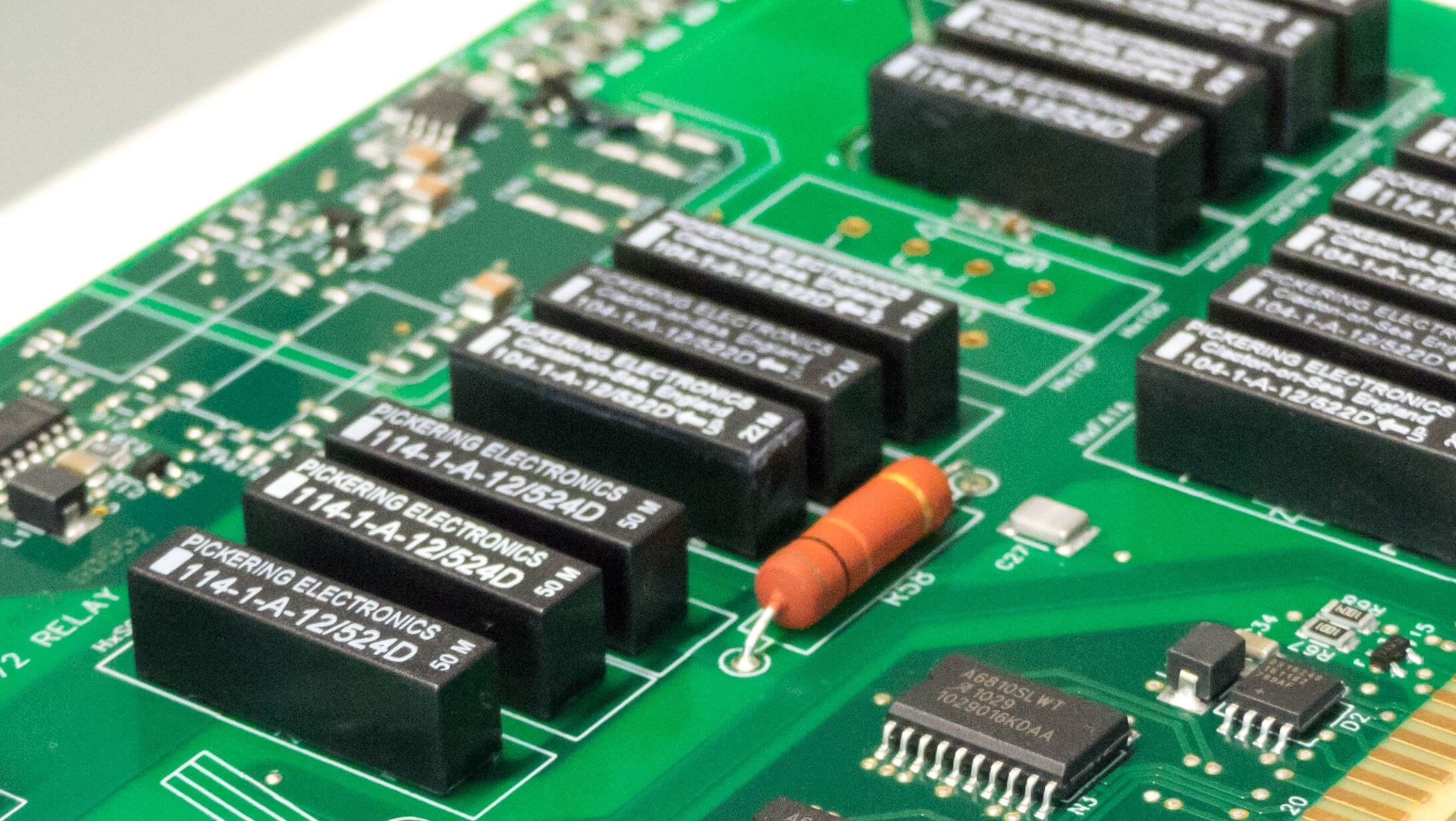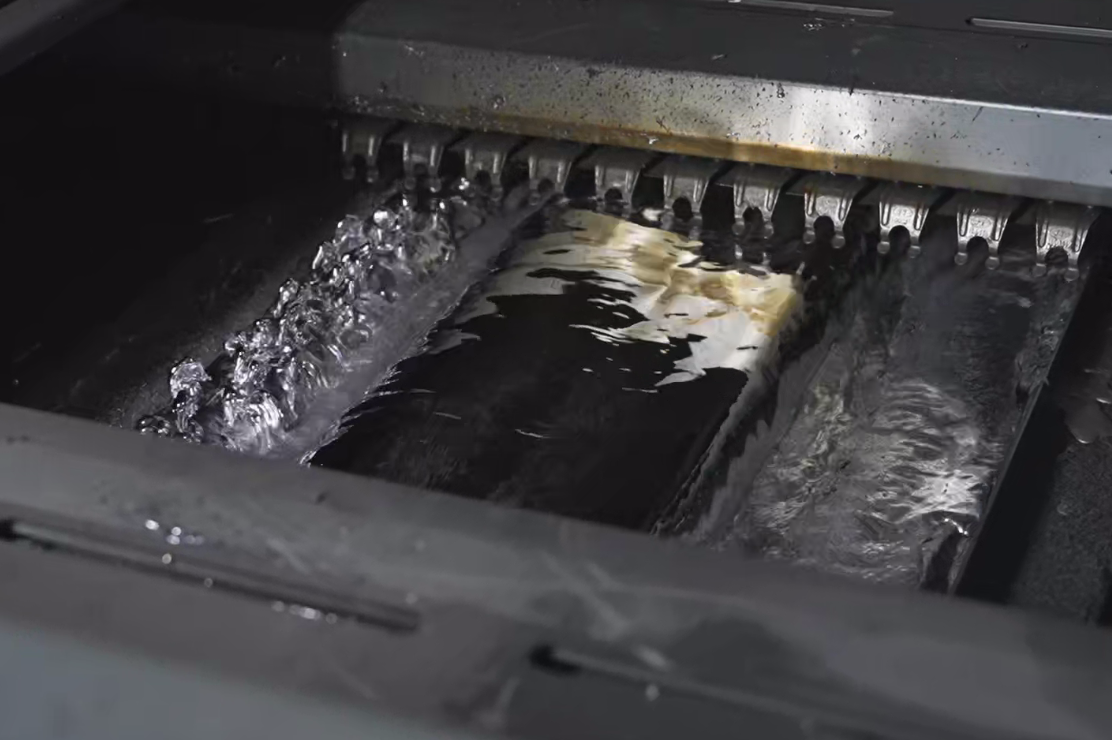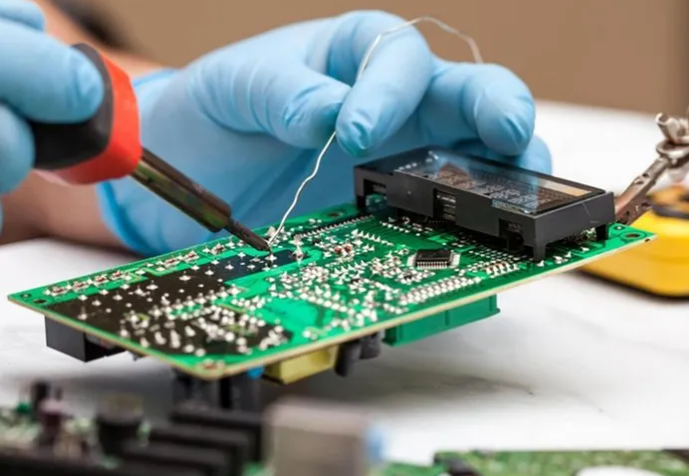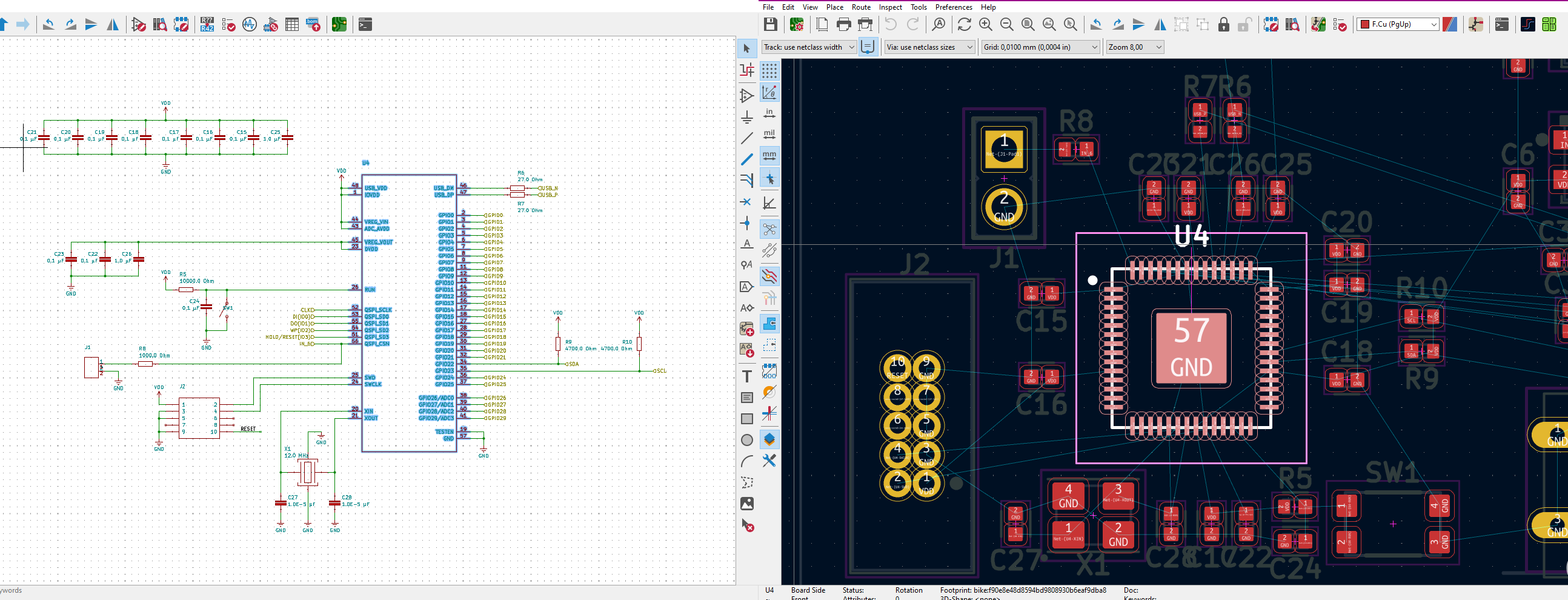If you're an electrical engineer looking to improve the performance and reliability of your PCB designs, mastering radial lead through-hole assembly is essential. This time-tested technique offers robust mechanical connections for components like capacitors and transistors, ensuring durability in high-stress applications. In this blog, we’ll dive deep into optimizing radial lead component placement, wave soldering, hand soldering, PCB layout, and avoiding common assembly defects. Whether you're troubleshooting failures or refining your process, you'll find actionable insights to elevate your projects.
What Is Radial Lead Through-Hole Assembly?
Radial lead through-hole assembly refers to a method of mounting electronic components on a printed circuit board (PCB) where the leads of the component extend from the same side of the part, creating a vertical profile. Unlike axial components with leads on opposite ends, radial components—such as electrolytic capacitors or TO-can transistors—have a smaller footprint on the PCB, making them ideal for space-constrained designs. The leads are inserted through drilled holes in the PCB and soldered on the opposite side, forming a strong mechanical and electrical bond.
This assembly technique is favored in applications requiring high reliability, such as industrial equipment or automotive electronics, because it withstands vibration and mechanical stress better than surface-mount technology (SMT). However, achieving optimal performance and reliability requires careful attention to design and assembly practices. Let’s explore how to perfect every step of the process.

Radial Lead Component Placement: Best Practices for Stability
Proper radial lead component placement is the foundation of a reliable assembly. Incorrect placement can lead to mechanical stress, poor soldering, or even component failure during operation. Here are key strategies to optimize placement for performance:
- Orientation for Stress Relief: Position radial components to minimize stress on the leads during thermal expansion or vibration. For instance, align taller components like large electrolytic capacitors away from board edges to avoid bending during handling or operation.
- Spacing for Heat Dissipation: Ensure adequate spacing between components to prevent overheating. A general rule of thumb is to maintain at least 2-3 mm between radial components, depending on their power dissipation. For high-power components, refer to the datasheet for specific thermal guidelines.
- Alignment with Assembly Tools: If using automated insertion machines, align components in a consistent direction to match the machine’s capabilities. This reduces placement errors and speeds up the assembly process.
By prioritizing these factors, you can enhance the mechanical stability of your PCB and reduce the risk of failures in the field. For example, in a recent project involving a power supply board, I noticed that placing radial capacitors too close to a heat-generating transformer caused premature aging. Adjusting the layout to increase spacing improved the board’s lifespan by 30% under stress testing.
Radial Lead Wave Soldering: Achieving Consistent Joints
Wave soldering is a popular method for mass-producing through-hole assemblies, including those with radial lead components. In this process, the PCB passes over a wave of molten solder, which fills the through-holes and forms joints. However, optimizing wave soldering for radial leads requires attention to detail to avoid defects like insufficient solder fill or bridging.
Key Tips for Radial Lead Wave Soldering:
- Lead Length Control: Trim radial leads to a uniform length (typically 1-2 mm beyond the PCB bottom) before soldering. This ensures consistent contact with the solder wave and prevents excess solder buildup.
- Thermal Profile Adjustment: Set the preheating temperature to around 100-120°C to minimize thermal shock to radial components. For lead-free solder, maintain a wave temperature of approximately 260°C to ensure proper wetting without damaging components.
- Flux Application: Use a no-clean flux to reduce residue and improve solder flow into through-holes. Insufficient flux can lead to poor wetting, especially on radial leads with larger diameters.
In a recent discussion on social platforms, engineers noted challenges with wave soldering radial leads near exposed copper, highlighting the importance of pad design to prevent solder bridging. Adjusting pad shapes to pull solder evenly to the lead can make a significant difference in high-density layouts.

Radial Lead Hand Soldering: Precision for Small Batches
For prototypes or small-batch production, hand soldering radial lead components is often the go-to method. While it offers flexibility, it also demands skill to avoid common issues like cold joints or overheating components. Here’s how to ensure reliable results with radial lead hand soldering:
- Use the Right Tools: Opt for a soldering iron with a fine tip (0.8-1.2 mm) and adjustable temperature control. Set the temperature to 300-350°C for lead-free solder to balance speed and safety.
- Apply Solder Sparingly: Add just enough solder to form a concave fillet around the lead. Excess solder can cause bridging, especially in tight layouts. A typical joint should use about 0.5-1 mm3 of solder.
- Avoid Overheating: Limit soldering time to 2-3 seconds per joint to prevent heat damage to radial components. For heat-sensitive parts like electrolytic capacitors, use a heat sink clip on the lead.
I’ve encountered situations where hand soldering radial leads on a densely populated PCB led to accidental shorts due to excess solder. Using a magnifying glass and cleaning up with desoldering braid helped resolve these issues quickly, ensuring clean and reliable joints.

Radial Lead PCB Layout: Designing for Manufacturability
A well-designed PCB layout is critical for radial lead through-hole assembly. Poor layout choices can lead to assembly challenges, signal integrity issues, or reliability problems. Here are essential considerations for radial lead PCB layout:
- Hole Size and Pad Design: Ensure through-hole diameters match the lead size, typically with a 0.1-0.2 mm clearance for easy insertion. Annular rings around holes should be at least 0.5 mm wide to provide enough area for solder fillets.
- Trace Routing: Route traces away from radial component pads to avoid interference during soldering. Maintain a minimum clearance of 0.25 mm between traces and pads to prevent shorts.
- Component Grouping: Group radial components by type or function to simplify assembly and testing. For example, place all radial capacitors in one area to streamline inspection.
In high-frequency designs, radial lead placement can impact signal integrity. For instance, placing a decoupling capacitor too far from an IC can introduce noise, with impedance increasing by up to 10% per millimeter of trace length at 100 MHz. Keep critical components as close as possible to their target pins to minimize such effects.

Radial Lead Assembly Defects: Common Issues and Fixes
Even with careful planning, radial lead assembly defects can occur, compromising performance and reliability. Identifying and addressing these issues early saves time and cost. Below are common defects and their solutions:
- Cold Solder Joints: Caused by insufficient heat or poor wetting, these joints appear dull and grainy. Fix them by reheating with a soldering iron at 300°C and adding fresh solder with flux.
- Solder Bridging: Excess solder can connect adjacent leads, causing shorts. Use desoldering braid to remove excess solder and ensure proper lead spacing (at least 2 mm) during design.
- Insufficient Solder Fill: In wave soldering, through-holes may not fill completely due to poor fluxing or low solder temperature. Adjust the wave height to ensure full contact and verify preheat settings (100-120°C).
- Component Misalignment: Radial components may shift during insertion or soldering, leading to mechanical stress. Use fixtures or temporary adhesive to hold components in place during assembly.
During a recent project, I encountered frequent solder bridging on a PCB with tightly spaced radial leads. Adjusting the wave soldering parameters and redesigning the pad layout to include solder mask barriers reduced defects by 40%. Regular inspection with a magnifying tool also helps catch issues before they escalate.
Performance and Reliability Optimization: Advanced Tips
Beyond basic assembly techniques, optimizing radial lead through-hole assemblies for peak performance and long-term reliability involves advanced strategies:
- Material Selection: Choose PCBs with higher thermal resistance (e.g., FR-4 with a Tg of 170°C) for applications with frequent thermal cycling. This prevents delamination near radial lead joints.
- Environmental Testing: Subject assemblies to vibration (10-500 Hz) and thermal shock (-40°C to 85°C) tests to simulate real-world conditions. This identifies weak solder joints or placement issues early.
- Conformal Coating: Apply a protective coating to shield radial lead joints from moisture and contaminants, especially in harsh environments. A 25-50 μm thick coating can extend joint life by up to 50% in humid conditions.
Implementing these measures can significantly boost the durability of your designs. For instance, in an automotive control unit project, adding a conformal coating reduced field failures due to corrosion by nearly 60% over two years.
Conclusion: Building Better Assemblies with Radial Leads
Radial lead through-hole assembly remains a cornerstone of reliable PCB design, offering unmatched mechanical strength for demanding applications. By optimizing radial lead component placement, mastering wave and hand soldering techniques, refining PCB layout, and addressing common assembly defects, you can achieve superior performance and longevity in your projects. Whether you're working on industrial controls, power supplies, or automotive electronics, these strategies will help you build robust assemblies that stand the test of time.
Have you faced challenges with radial lead assemblies, or do you have tips to share? Drop a comment below—I’d love to hear about your experiences! For more insights on PCB design and assembly, subscribe to our blog or reach out with your questions.
 ALLPCB
ALLPCB







